1. Floor joists or beams with visible rot
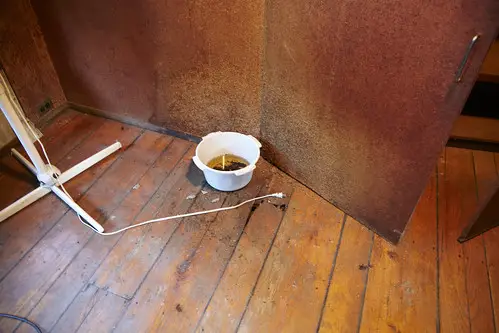
Wooden joists and beams carry a massive amount of your home’s weight. When they rot, they lose their ability to handle that load. This can cause floors to sag, walls to crack, or even trigger a partial collapse. Rot spreads quickly in damp conditions, so time is not on your side.
People sometimes replace a floor covering without realizing the wood underneath is soft. You can often spot rot by probing with a screwdriver—if it sinks in easily, the wood is compromised. The tricky part is that the damage often extends beyond what you can see. Structural replacement is usually the only safe option.
2. Cracks in the foundation wider than a quarter-inch
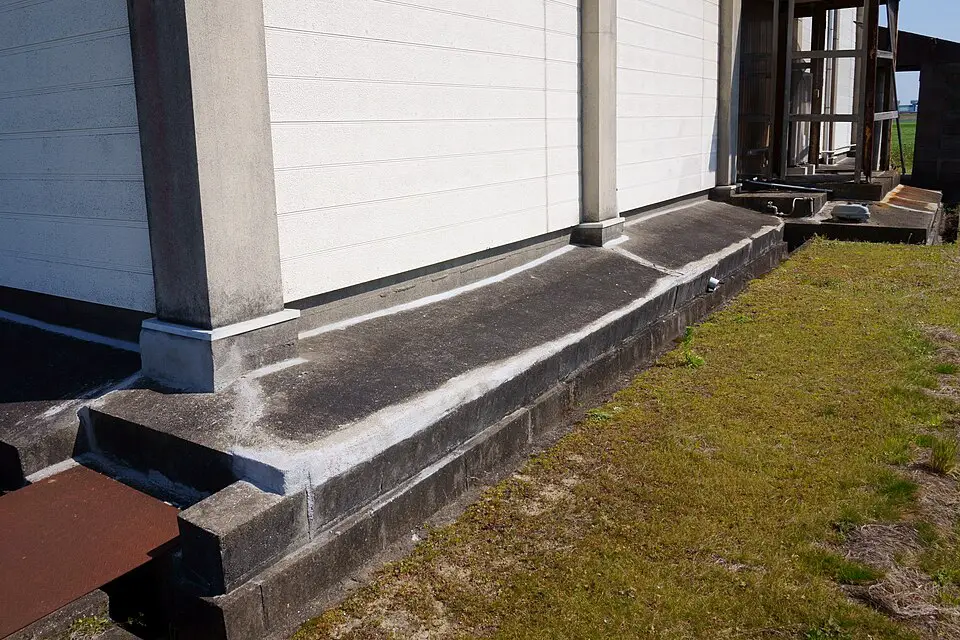
A hairline crack in your foundation isn’t unusual, but when you can fit a coin in there, it’s time to pay attention. Wider cracks often mean the soil beneath your home is shifting unevenly. That movement puts extra stress on the foundation, which can lead to progressive structural failure. The longer it’s ignored, the harder—and pricier—it is to fix.
The danger is that homeowners often assume all cracks are “settling” cracks. But deeper, wider fractures can be a sign of ongoing foundation movement rather than past damage. If water seeps in, it accelerates erosion and weakens the concrete further. A structural engineer can determine if it’s still safe or if immediate intervention is necessary.
3. Uneven or sloping floors
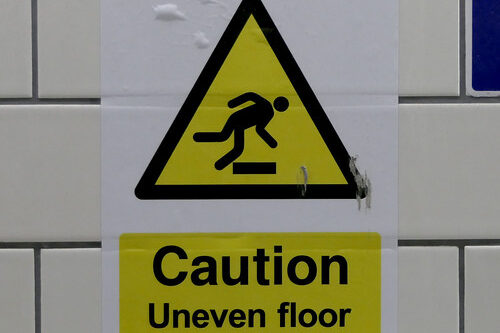
A ball rolling across your living room without a push isn’t just a quirky feature—it can be a red flag. Sloping floors often mean the supports beneath are failing, whether it’s rotting joists, termite damage, or foundation movement. Left unaddressed, the slope can worsen quickly. It also makes the load on your walls and roof uneven, which risks collapse in extreme cases.
Sometimes, homeowners notice furniture leaning slightly before they see the floor itself. Measuring the slope with a level can confirm whether it’s a cosmetic or structural problem. Even a small degree of slope over a short distance can signal trouble. A professional can determine if the problem is in the subfloor, joists, or deeper structural elements.
4. Large cracks over doorways and windows
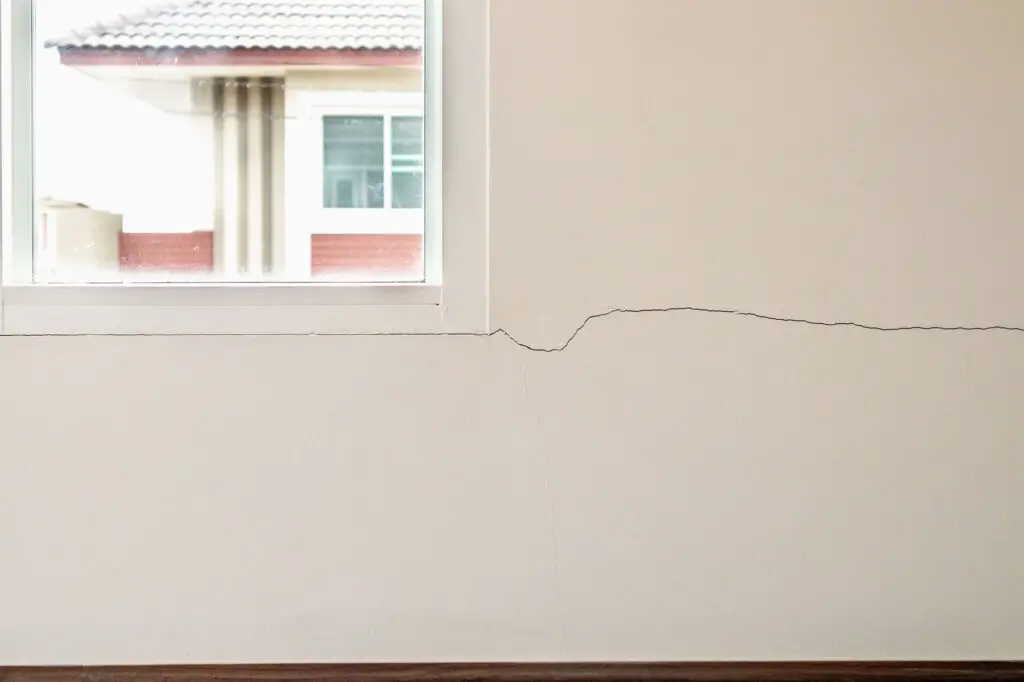
Hairline plaster cracks are normal, but big, jagged cracks radiating from corners above doors or windows can signal shifting load-bearing walls. These areas are naturally weaker because the framing is interrupted. If the load isn’t distributed properly, it can cause the drywall or plaster to split. Over time, the pressure can damage framing or even cause partial wall collapse.
Homeowners often patch these cracks without addressing the root cause. That’s risky because the crack will almost always reappear if the structure is still moving. The direction of the crack—diagonal, vertical, or horizontal—can give clues about the type of stress. A qualified inspector can read these signs like a story about your home’s stability.
5. Gaps between walls and floors or ceilings
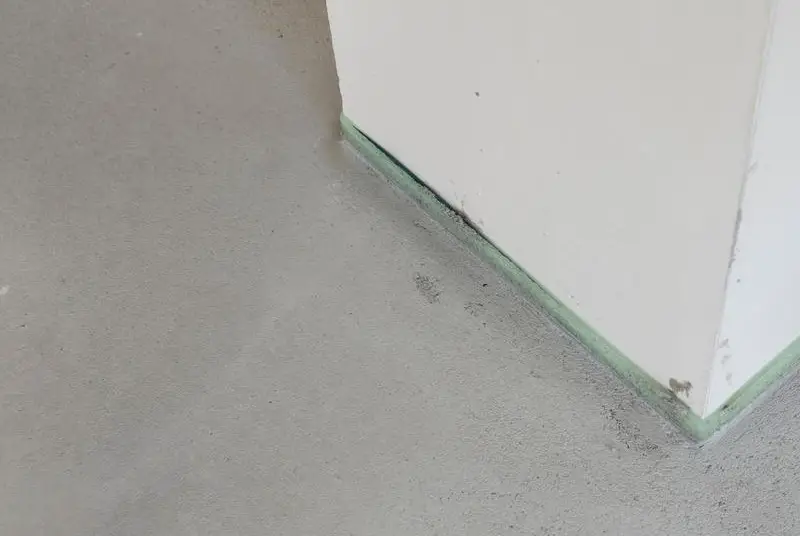
If you can see daylight between your baseboards and the floor, something is shifting. This gap often means the framing or foundation is settling unevenly. The separation creates stress points that can cause the wall to bow or buckle. Over time, that can compromise the entire structure’s integrity.
Many people try to fix this with caulk or molding, but that’s like painting over rust. The real danger is that the separation often keeps growing. You may also notice nails popping or trim pulling away in other areas. These changes are a strong sign the home is literally pulling itself apart in slow motion.
6. Sagging rooflines
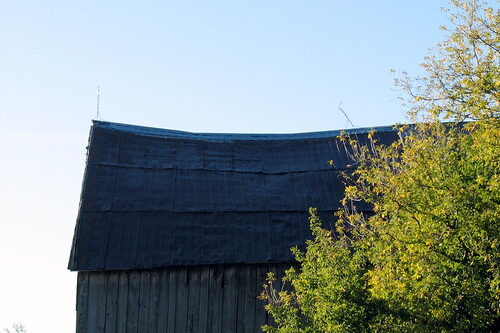
From the street, your roof should look straight and even. If it dips or curves, the rafters or trusses may be failing. That can happen from water damage, excessive weight, or shifting walls that no longer support the load correctly. A sagging roof not only risks collapse but also invites more water intrusion, accelerating damage.
Homeowners sometimes blame shingle wear for a sagging look, but the problem is usually deeper. The structure beneath the shingles may be cracked, rotted, or pulling apart. You might even see interior cracks along the top of walls as the roof weight pushes down unevenly. Addressing this quickly can mean the difference between a repair and a full rebuild.
7. Chimney separating from the house
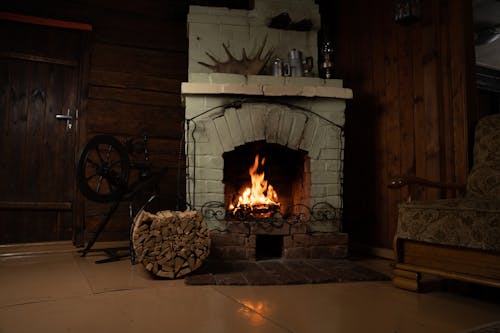
A chimney leaning away from your home is more than just unsightly—it’s a hazard. It often happens when the foundation beneath the chimney moves differently than the rest of the house. This differential settlement can cause cracks where the chimney meets the siding or brick. Left alone, it risks both falling masonry and water infiltration.
It’s easy to miss small changes because chimneys aren’t something you look at closely every day. Over months or years, the separation can grow, eventually making the chimney unstable. The forces at work can also stress the house wall it’s attached to. Repairing the foundation issue early can prevent a dangerous and expensive failure.
8. Basement walls bowing inward
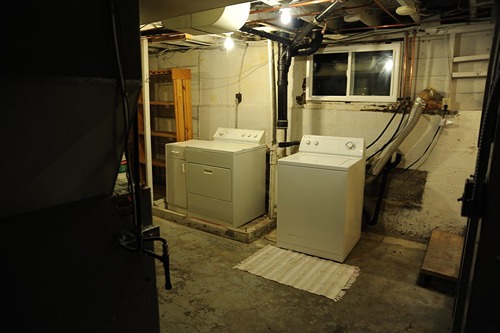
Basement walls are designed to hold back a lot of soil pressure. If they start bowing inward, that means the pressure is winning. Water-saturated soil can push even harder, making the bow worse over time. If the wall gives way, it can destabilize the foundation above.
This problem is particularly common in homes with poor drainage. People often notice cracks along the wall first, then a subtle curve inward. Once that curve is visible, the wall is already under significant stress. Reinforcement or excavation is usually needed to prevent collapse.
9. Cracks in exterior brickwork or masonry
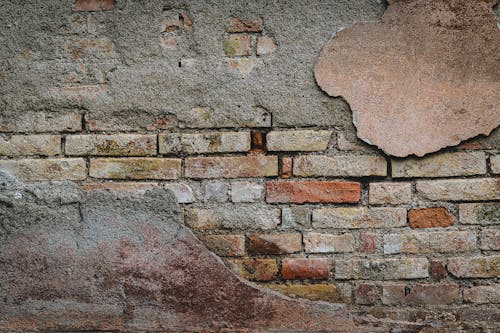
Brick walls should have neat, even mortar joints. When cracks start zigzagging through the bricks or mortar, it’s a warning that something is shifting underneath. This can mean the foundation is settling unevenly or that the wall is no longer bearing weight evenly. Left alone, the wall can bulge or split apart entirely.
Mortar cracks can also let in moisture, which freezes and expands, worsening the problem. While tuckpointing can patch the surface, it doesn’t solve the structural issue. In some cases, cracked brickwork is the first outward sign of a major foundation problem. Inspecting early can save you from far bigger repairs later.
10. Persistent water pooling near the foundation
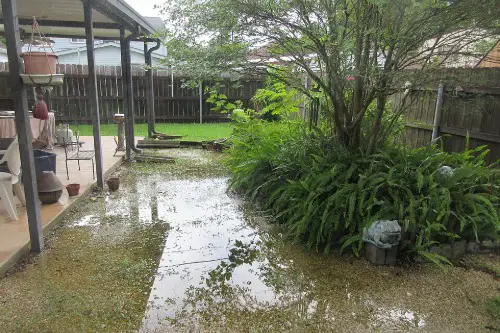
Water shouldn’t sit against your home after a rainstorm. When it does, it seeps into the soil and can cause it to expand or erode. Both scenarios put uneven pressure on your foundation. Over years, this can make walls crack, floors slope, or basements leak.
Homeowners sometimes address the water itself—by pumping it out—without fixing grading or drainage. The real fix is to redirect water away from the home so it never gets the chance to cause pressure changes. Foundation problems caused by water often start quietly but escalate quickly. This is one of the simplest issues to prevent, but one of the costliest to ignore.
11. Doors and windows suddenly sticking
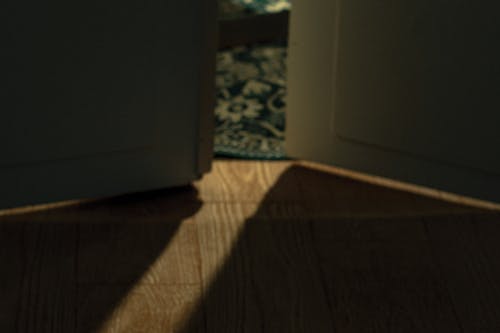
It’s easy to blame humidity when a door suddenly won’t close, but sometimes it’s the house itself shifting. Structural movement can warp the frame, changing its shape just enough to snag the door or window. Over time, the added stress can cause gaps where air and moisture slip in. That combination is bad news for both comfort and structure.
What’s tricky is how subtle the change can be. You may not notice until you have to give the door a shove to shut it. If multiple doors or windows on different sides of the house stick at once, that’s a stronger sign of a larger issue. It may mean part of your home is sinking or twisting, which can compromise stability.
12. Sudden loud creaks or pops in the structure
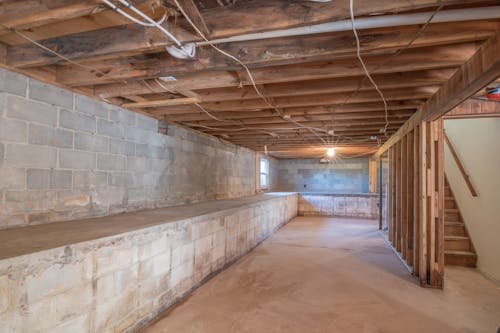
All houses make noises, but new or louder pops can be a red flag. These sounds often come from wood framing shifting or metal fasteners bending under stress. In some cases, it’s a sign that the house is moving more than it should. Sudden, sharp sounds can indicate a beam or joist giving way.
Because the change is audible, it’s often one of the first warnings people notice without seeing visible damage. If it’s paired with cracks, stuck doors, or sloping floors, it’s even more serious. It means the structure is actively moving, not just “settled” from years past. That’s the moment to call a pro—before the noise becomes a collapse.
This post 12 Common Home Repairs That Quietly Signal Structural Collapse was first published on Greenhouse Black.
